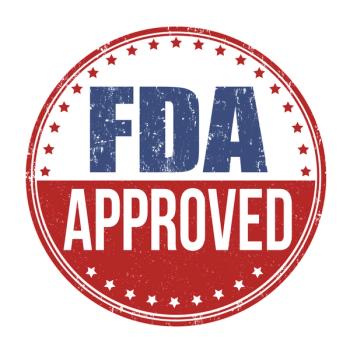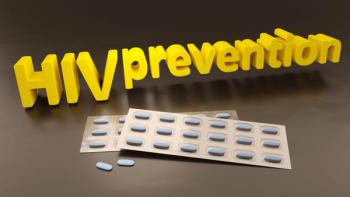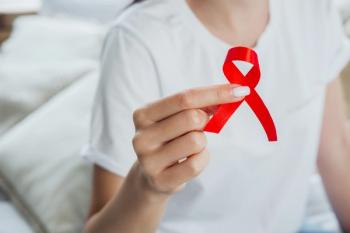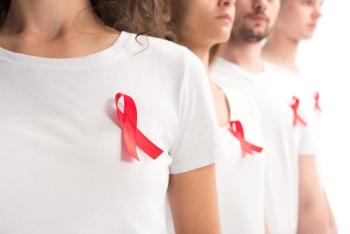
HIV
Latest News
Latest Videos

Podcasts
CME Content
More News

A model that can estimate the need for pre-exposure prophylaxis (PrEP) in the US can help to clarify use patterns to address HIV in local settings.

The recent FDA approval of lenacapavir is encouraging in its promise of long-term HIV prevention but might not be available for the vast majority of people in the US.

The approval of lenacapavir, a form of pre-exposure prophylaxis (PrEP), marks significant progress in preventing HIV, making it vital for the treatment to be available and accessible to those most vulnerable, explains Colleen Kelley, MD, MPH, Rollins School of Public Health at Emory University.

The approval of lenacapavir for use as pre-exposure prophylaxis is a significant step in reducing the incidence of HIV across the globe, including in areas where the PURPOSE trials were conducted.

The recent approval of lenacapavir could change the way that clinicians approach both treating and preventing HIV in those at risk, as long as the treatment can get into their hands.

The FDA approval marks the first approval of a type of pre-exposure prophylaxis that would only require 2 treatments per year.

Learning the best type of HIV prevention for those at highest risk can start with conversations about their options, writes Zandraetta Tims-Cook, MD, MPH, AAHIVS

The Trump administration has ended a program seeking a vaccine for HIV, the first in a series of decisions that is leaving vaccine research and expertise behind.

About 40% of people living with HIV in an international survey did not make joint decisions regarding treatment with their provider despite reporting a high amount of trust.

The PURPOSE trials illuminated the ways in which lenacapavir could be used as a means of pre-exposure prophylaxis effectively, but also featured several adverse events.

Lenacapavir works to both treat and prevent HIV, making it a promising drug should it be approved by the FDA later this month.

Exploring caregiver dependence and social determinants of health reveals critical barriers to HIV care for children, impacting treatment adherence and access, explains Priscilla Tsondai, MD, MPH.

People living with HIV who have taken highly active antiretroviral therapy can have hyperlipidemia predicted in advance by machine learning.


Sleep disorders and mental health complications were more common in adolescents or young adults who had HIV across the globe.

The CDC uses molecular cluster detection to find the transmission of HIV that could pinpoint where there are gaps in HIV care.

Patients with HIV can take both their antiretroviral therapy (ART) and treatment to prevent tuberculosis safely to prevent infection and further spread of the virus.

The ability to estimate their last viral load was high among women with HIV living in British Columbia, even in those with adverse sociodemographic factors.

These guidelines act as an update to the 2016 guidelines for the use of nonoccupational postexposure prophylaxis (PEP) after exposure to HIV.

Viral suppression in HIV was more likely to be reported in women in Canada who had adherence to their antiretroviral therapy (ART) of 90% or higher.

Correlation to social drivers of health (SDOH) had an important correlation with polysubstance use.

Improving adherence to antiretroviral therapy (ART) in youth living with HIV requires interventions that target both family dynamics and any underlying mental illness.

Richard Hughes IV, JD, MPH, spoke about the upcoming oral arguments to be presented to the Supreme Court regarding the Braidwood case, which would determine how preventive services are guaranteed insurance coverage.

Women living with HIV in Canada were found to have worse wellbeing when they had adversities related to social determinants of health (SDOH).

An expert on the intersection of HIV and menopause, Bridgette J. Picou, LVN, ACLPN, The Well Project, explains the importance of overcoming siloed care for women living with HIV and going through menopause.



















































